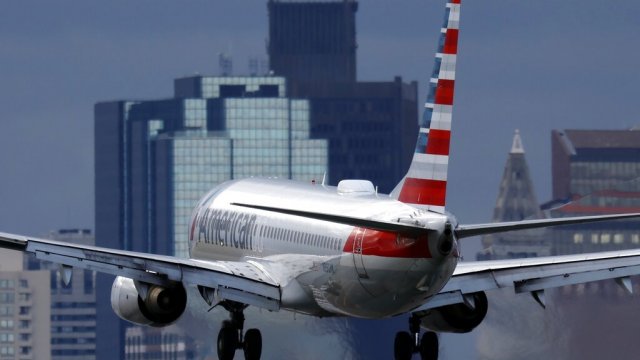An American Airlines flight's terrifying bird strike over the weekend is something that happens occasionally in aviation; but while rare, these incidents have become more common in recent decades.
The most recent headline-grabbing incident happened Sunday when American Airlines flight 1958 took off for Phoenix from Columbus, Ohio. After hitting a flock of geese, the crew turned the plane back to John Glenn Columbus International Airport, with one of the engines aflame.
The 737 landed safely at the airport and passengers were deplaned. There were no reported injuries.
SEE MORE: Engine catches fire on American Airlines flight after bird strike
Since 2000, instances of planes hitting birds almost doubled, prior to the coronavirus grounding air travel to a halt in 2020. In 2000, the FAA logged 12.69 bird strikes per 100,000 aircraft movements (a takeoff or landing). In 2019, that number was 22.7.
The trend parallels an increase in the population of large birds in the U.S.
Now the increasing trend of these collisions has prompted the FAA to explore ways to warn birds away from airplanes, with new technology possibly being a game-changer.
Recent studies have tested ultraviolet lights fixed to aircrafts that would pulse at lower altitudes, utilizing birds' sensitivity to ultraviolet light and warning them away from planes. An FAA study published in late 2021 concluded the effect on birds while using the light was statistically significant. If broadly implemented, the lights could help avoid bird strikes, especially as commercial jet engines get quieter and developers explore electric or hydrogen-powered engines.
Trending stories at Scrippsnews.com



